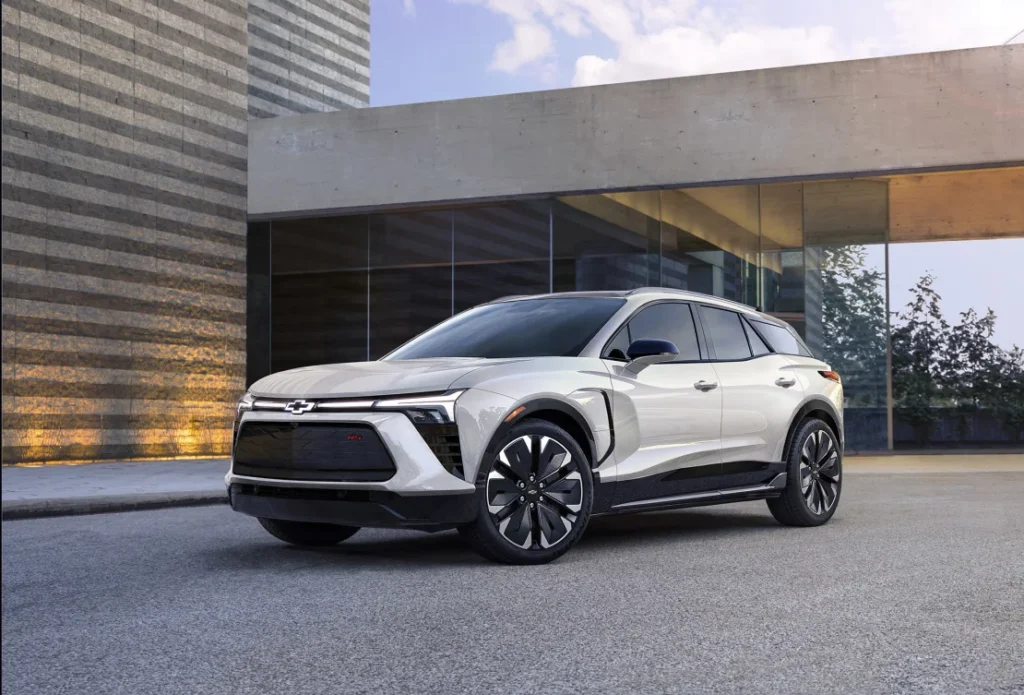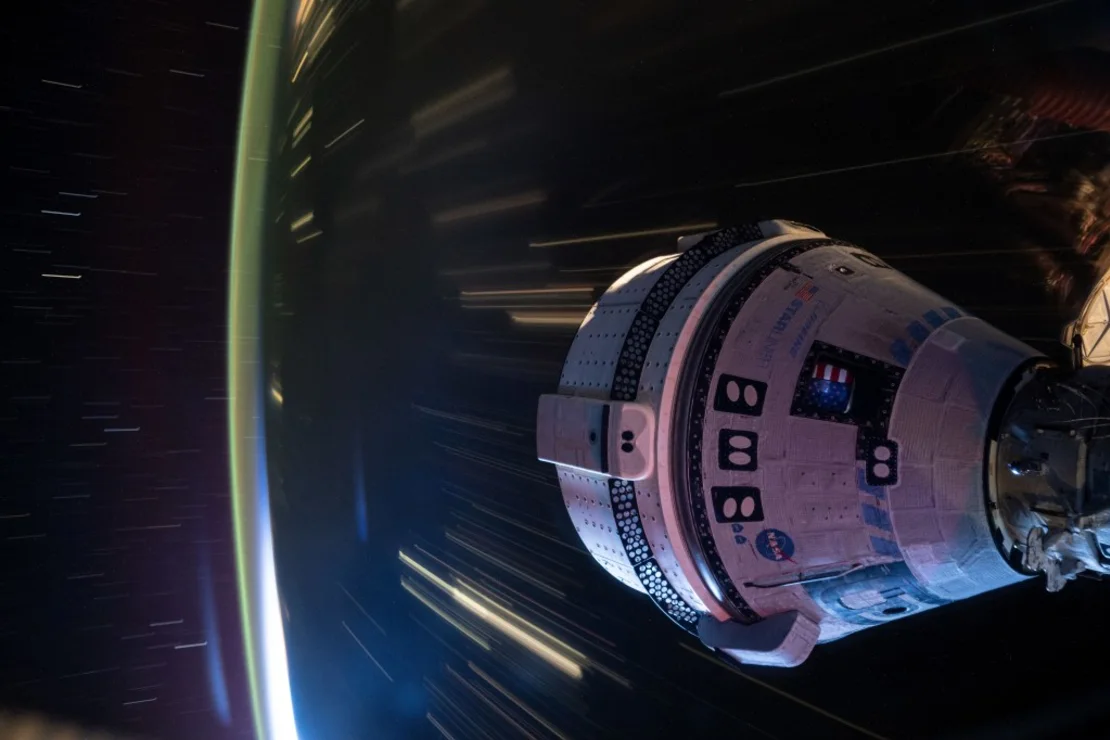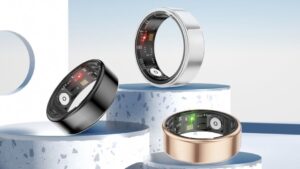Boeing, NASA may have found ‘root cause’ of Starliner spacecraft’s issues, but astronauts are still in limbo
After weeks of troubleshooting and recent tests meant to replicate the issues plaguing Boeing’s Starliner spacecraft, NASA and Boeing officials still aren’t ready to name a return date for the two astronauts piloting the vehicle on its inaugural crewed test flight.
But engineers do finally have some possible answers about what ultimately caused some of the Starliner’s problems during the first leg of its trip, which included helium leaks and thrusters that abruptly quit working en route to the International Space Station.
The revelations come after Boeing and NASA spent the past couple of weeks working to understand the problem on the ground and prompted plans for some additional testing this weekend, which should serve as “icing on the cake” for understanding the issues, said Mark Nappi, Boeing’s Commercial Crew Program manager.
At a site in New Mexico, engineers fired test engines more than 1,000 times, replicating how the thrusters on the space-bound Starliner would have ignited. They then fired the thruster to try out several ways the engines might fire on the way home from space, according to Boeing.
The goal of this testing was to gain a better understanding of why the spacecraft’s thrusters unexpectedly shut down, and what — if any — dangers are associated with turning those thrusters back on.
Officials said they were able to recreate how the thrusters in space deteriorated during flight with the ground tests. And the testing may have helped give engineers a better understanding of the issue’s “root cause”: Heat building up inside the thrusters may be causing Teflon seals to bulge, restricting the flow of propellant.
That testing has “given us additional confidence to undock in return,” Nappi said.
The findings also prompted Boeing and NASA to abandon plans to allow the astronauts to manually fly the Starliner spacecraft on the way home, as they did briefly during the trip to the ISS. “Some of the manual maneuvering put some extra stress on the thrusters,” said Steve Stich, NASA’s Commercial crew program manager.
Still, officials did not definitively say Thursday that the Starliner spacecraft that carried veteran NASA astronauts Butch Wilmore and Suni Williams to the space station would be the same vehicle that brought the astronauts back home.
“There is a lot of good reasons to complete this mission and bring Butch and Suni home on Starliner,” Stich said after noting that NASA does have contingency options if Starliner is not approved to bring the astronauts home.
“We need to get through the process,” he added. “We have another critical Starliner mission management team to review all the thruster data that we just talked about.”
“Of course, I’m very confident we have a good vehicle to bring the crew back with,” Nappi said.
Williams and Wilmore arrived at the International Space Station on June 6 for what was expected to be a roughly week-long mission. As of Thursday, the astronauts have been in space for about 50 days. NASA has previously indicated that the Starliner can stay in space for a maximum of 90 days.








Post Comment